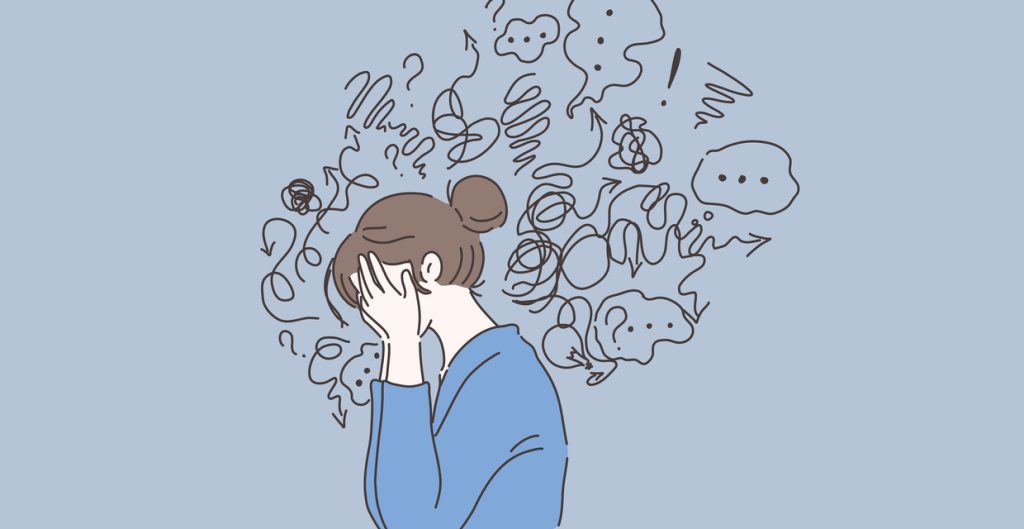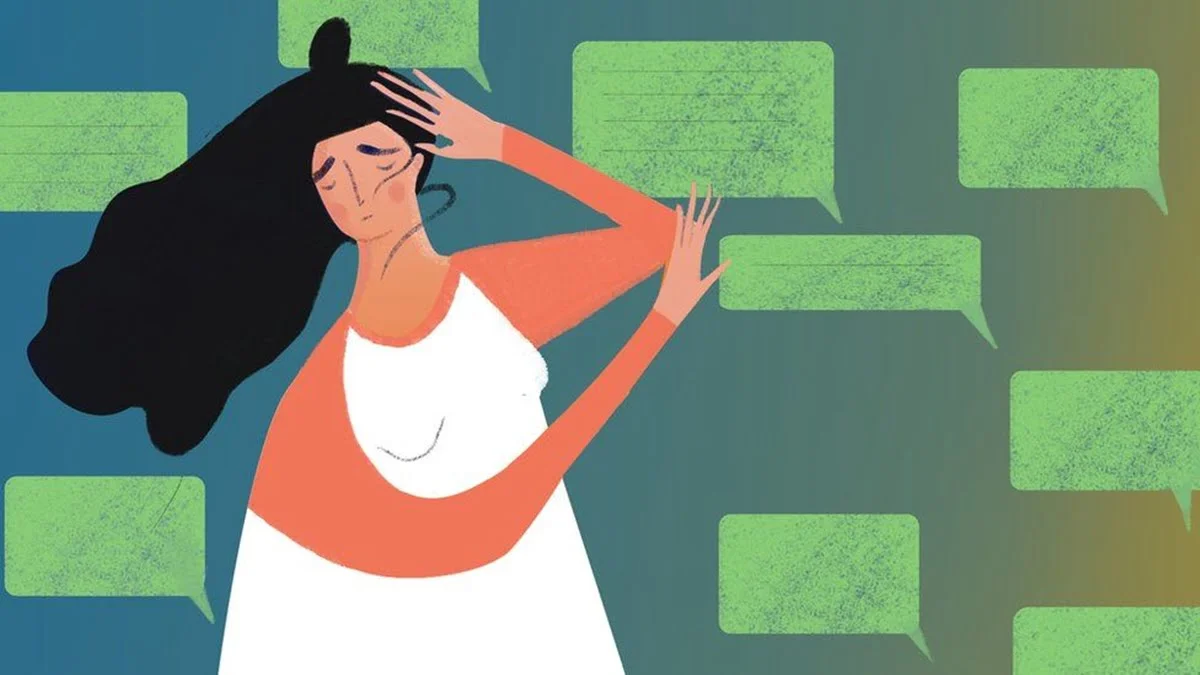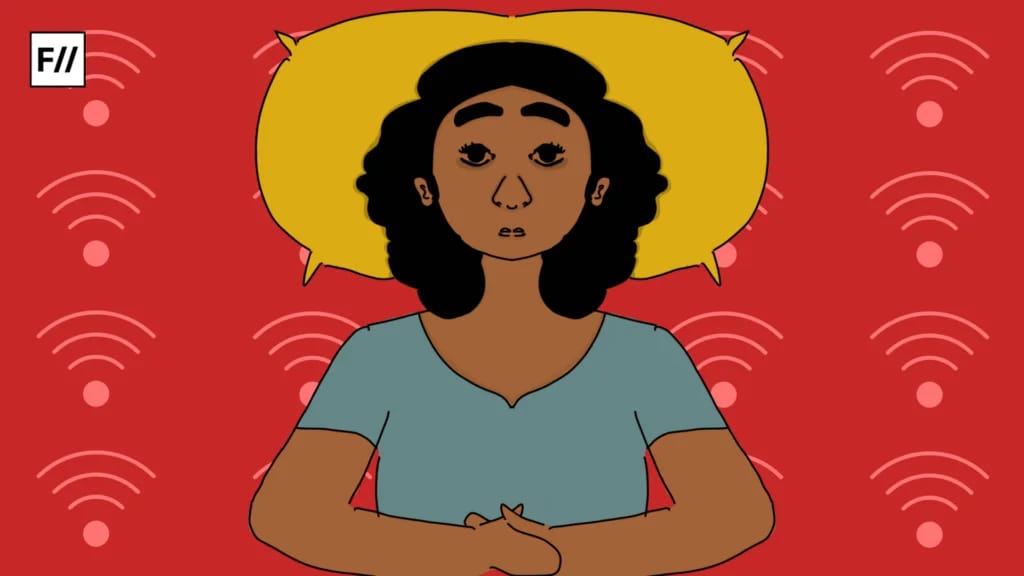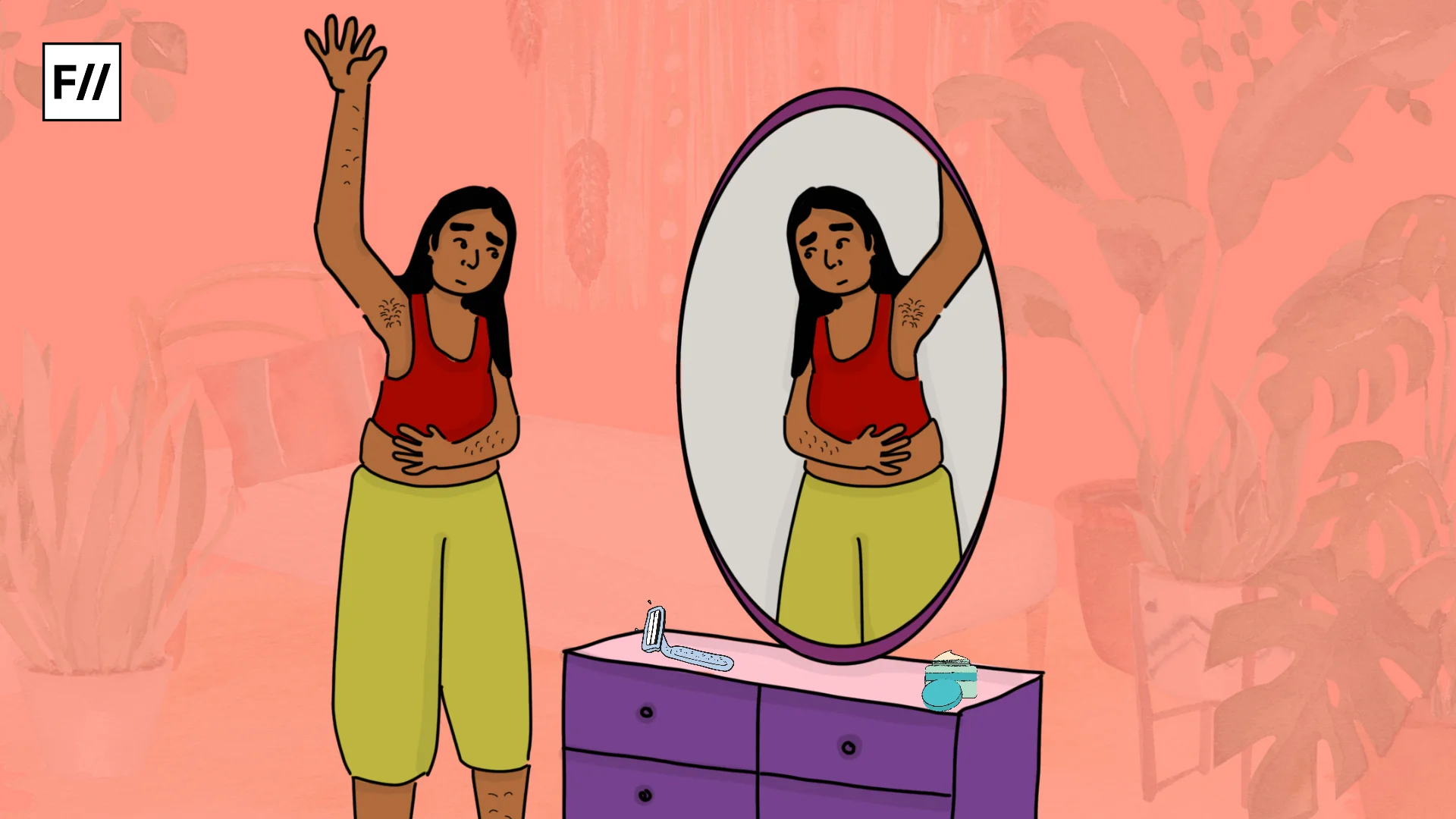Violence is rarely just a private act. Each instance of harm reverberates beyond the immediate moment, and when it is left unchallenged by those around us, the likelihood of it recurring only increases. Emotions may be real and urgent, but not every action, particularly acts of violence, can be justified through personal pain alone. Scholars have long used the term “psychological warfare” to describe how emotional distress can be weaponised against another person, often rooted in deep, unaddressed wounds. From the instant violence is recognised to the point its impact is fully felt, everyone involved can experience profound and lasting trauma. Early recognition of warning signs, however, can open a path to addressing the underlying causes of such behaviour.
Self-harm and suicide attempts almost always stem from despair. Yet repeated threats to take one’s own life, especially within intimate relationships, can also function as a form of control or coercion. A closer look at such situations frequently reveals a pattern: physical intimidation or emotional fear often precedes the threats, even in relationships that outwardly appear consensual or equal. In the overwhelming majority of these cases, the perpetrators are men. When a perceived need for dominance or control goes unmet, some men may increasingly resort to suicidal threats as a way of asserting power.
Mental health or emotional control?
Threatening self-harm thus becomes a tactic of “silent control”, shifting blame and emotional burden onto the partner being targeted. The public display of anguish, combined with manipulative or threatening behaviour, suggests that suicide threats can sometimes operate as both an expression of pain and a form of punishment.

Common methods cited in such threats include self-inflicted cuts with kitchen knives, tying ligatures around the neck on video calls, fashioning nooses, ingesting harmful substances, or engaging in reckless driving. These acts carry a genuine risk of escalating into serious injury or death, even when not fatal. Over time, repeated threats may desensitise those around the individual, reducing their credibility even though the danger remains real.
In these moments, pain is often dramatised in ways that harm both the self and others. Feelings of vulnerability, unfairness, or an undermined sense of masculinity can fuel cycles of anger and coercion.
Common methods cited in such threats include self-inflicted cuts with kitchen knives, tying ligatures around the neck on video calls, fashioning nooses, ingesting harmful substances, or engaging in reckless driving. These acts carry a genuine risk of escalating into serious injury or death, even when not fatal. Over time, repeated threats may desensitise those around the individual, reducing their credibility even though the danger remains real.
Indian courts have begun to grapple with the legal and emotional ramifications of such behaviour. In two cases, one in Delhi and another in Odisha the judiciary held that repeated suicide threats within marriage can amount to “mental torture,” observing that “there is no greater emotional pain than living in constant fear for your life because of your partner.” Both cases ended in divorce and involved women as perpetrators. Rare instances, as most research indicates that men are more likely to use suicide threats in this way.
This pattern points to a difficult truth: that while self-harm and suicidal ideation deserve compassion and care, repeated suicide threats used to manipulate or control intimate partners can constitute a distinct form of psychological violence, one that demands recognition, intervention and accountability.
Weaponisation of mental health in emotional abuse
Mental health, though gaining more public awareness, remains deeply stigmatised in India. What’s less discussed is how mental health itself can be manipulated. It can be used as a shield against accountability or as a tool for emotional control. When individuals, often men in intimate relationships, make suicide threats to intimidate or emotionally manipulate their partners, the impact is profound and largely unaddressed.
Such threats do more than disturb the immediate relationship; they reinforce harmful stereotypes and deepen the stigma around mental illness. Labels like “crazy”, “unstable”, or even “rage bait” are frequently thrown around, not only to undermine someone’s credibility but also to deflect responsibility. Instead of encouraging accountability, these tactics weaponise vulnerability, placing the emotional burden on those at the receiving end.
The priority in any case of suicidal behaviour should be to respond with compassion and urgency. However, when threats are repeated and used as a means to exert pressure or fear, it’s crucial to examine the pattern of behaviour. Early intervention, before these threats escalate, is essential. Waiting for a pattern to form often comes at the cost of the victim’s mental well-being and safety.
Self-harm threats as masculine control
The idea that suicide threats are always cries for help is complicated when such threats are strategically deployed. In many cases, especially within abusive relationships, they become a method of control. What’s tragic is how easily such acts are romanticised, linked with grief, shame, honour or ‘unresolved’ childhood trauma in adults. When in reality, they are sometimes expressions of revenge or attempts to force behavioural change in a partner.
Culturally, men are often raised with ideals of masculinity tied to control, power, and dominance. When faced with a partner who asserts independence or demands equality, some may react by threatening self-harm.
A World Health Organization study shows that nearly one in three women worldwide has experienced physical or sexual violence at the hands of an intimate partner. The same study highlights the need for better systems to identify and address threats of suicide used in the context of abuse. Many of these threats, and even attempts, are made by the abuser, not the abused, and are meant to shift guilt or manipulate the victim into compliance.
Culturally, men are often raised with ideals of masculinity tied to control, power, and dominance. When faced with a partner who asserts independence or demands equality, some may react by threatening self-harm. Not as a reflection of internal despair, but as an external act of coercion. It’s a disturbing reversal: the person inflicting emotional violence presents themselves as the one in crisis.
That doesn’t mean we disregard genuine mental health struggles. But when threats of self-harm are used to manipulate, the line between vulnerability and abuse becomes dangerously blurred. If society continues to treat these acts as purely personal or medical issues, without considering the relational and social contexts, we risk offering short-sighted solutions to a much deeper problem.
The impact on the victim is often overlooked. The fear, anxiety, and trauma experienced by those repeatedly subjected to suicide threats are just as real as the mental health issues claimed by the aggressor. Both deserve care but not at the expense of justice or truth.
Mental health cannot be used as a free pass to evade responsibility. When it’s invoked to silence criticism or escape consequences, it undermines genuine suffering and feeds a culture where manipulation masquerades as vulnerability. For progress to be made, our systems — legal, medical, and cultural — must stop treating these behaviours as isolated incidents and start seeing them for what they often are: a form of psychological abuse.
References:
- 1. National Library of Medicine Study, UK (2019)- Sabrina Brown & Jacqueline Seals: Study
- 2. Men, Suicide, Family & Interpersonal Violence; A mixed methods exploratory study- S. J. Fitzpatrick: Study
About the author(s)
Writer and community connector exploring the intersections of education, equity, and politics through a grounded, human lens.






It’s well written, but still we all are human, and this tendency of pretending suicide is equal regardless of gender. Well, no doubt, when we see in society males are more dominant and have more power, as we are living in a patriarchal society. But in such cases, including the social and the legal, a woman gets a hunch also. How can one justify the judgement of legal cases being right? Everything can be tweaked. I am not defending the males, and this is the fact: in our society women are always getting oppressed. But this tendency differs from person to person and society to society. Even the women of my family have faced this, but still we need to target more individually, and you are right, we need a more robust structure to identify this need.
I am aware about your case, it was really sad. I am not demeaning your sentiments. You are absolutely right at you point. And my point is completely personal thinking based that at a point we have to stop thinking about polarities otherwise we will lose the importance of talking on such issues. In today’s society all humans are equally evil regardless of gender. Well, very well written. Keep it up.